The Rich Tapestry of African Dance: A Cultural Exploration
Introduction
African dance is an integral part of the continent’s diverse cultures, traditions, and histories. It is a vibrant expression of life, serving not only as entertainment but also as a means of communication, storytelling, and spiritual connection. This essay will explore the significance, styles, and evolution of African dance, highlighting its role in various aspects of society, from rituals and celebrations to contemporary performances.
Historical Context
The origins of African dance can be traced back to ancient times, rooted in the continent’s rich cultural heritage. Traditionally, dance was a communal activity, often performed during significant life events such as births, marriages, and funerals. Each dance was unique to the ethnic group and reflected its values, beliefs, and social structures.
African societies viewed dance as a way to connect with the spiritual realm. Many dances were performed to honor ancestors or to seek blessings from deities. In this context, dance transcended mere physical movement; it was a form of prayer and a way to engage with the divine.
Cultural Significance
Expression and Identity
African dance is a powerful means of expressing identity and cultural pride. Each ethnic group has its unique dance forms, costumes, and music, which tell stories of their history and experiences. For instance, the Zulu people of South Africa have traditional dances that celebrate their warrior heritage, while the Maasai of Kenya perform dances that reflect their pastoral lifestyle and rites of passage.
Moreover, dance serves as a tool for social cohesion, fostering unity within communities. During celebrations and communal gatherings, dance encourages participation and reinforces shared cultural values, thereby strengthening community bonds.

Education and Storytelling
Dance in Africa is often used as an educational tool. Through movement, stories are passed down from one generation to another, preserving cultural narratives and moral lessons. For example, the Griots of West Africa are known for their storytelling through music and dance, recounting historical events and imparting wisdom to their audiences.
In this way, dance not only entertains but also educates, ensuring that cultural heritage is maintained and celebrated.
Styles of African Dance
Traditional Dances
Traditional African dances vary significantly across the continent, reflecting the diverse cultures and histories of different ethnic groups. Some well-known traditional dance forms include:
- Adumu (Maasai Jumping Dance): Performed during ceremonies, this dance involves men jumping high to demonstrate strength and attract potential mates.
- Sabar (Senegal): This dance, accompanied by drumming, is performed at various celebrations, including weddings and festivals. It features energetic movements that are often improvised.
- Gumboot Dance (South Africa): Originating from the mining communities, this dance uses the sounds of boots hitting the ground and clapping to convey messages, often relating to the miners’ struggles.
- Ballet Folklorique (Congo): This dance incorporates elements of traditional African dance and ballet, showcasing the rich cultural heritage of the Congolese people.
Contemporary Dance
Contemporary African dance has evolved to incorporate global influences while maintaining traditional elements. Dancers often blend various styles, creating innovative performances that resonate with both local and international audiences. Notable contemporary dance forms include:
- Afrobeats Dance: Emerging from Nigeria, this dance style accompanies the popular Afrobeats music genre. It features lively, rhythmic movements and is widely popular in dance clubs and social media.
- Modern African Dance Theatre: This movement combines traditional dance with modern choreography, exploring contemporary themes such as identity, migration, and social justice. Companies like the Dance Theatre of Harlem and the Alvin Ailey American Dance Theater often include African dance elements in their performances.
Dance as Resistance and Empowerment
Throughout history, African dance has also been a form of resistance against oppression. During colonial times, dance became a way for communities to assert their cultural identity and resist assimilation into foreign cultures. In many instances, dance was a clandestine means of expressing dissent and unity against colonial rule.
In contemporary contexts, dance continues to be a tool for empowerment. Many dance companies and community organizations use dance as a means to address social issues, promote awareness, and advocate for change. For instance, the African American dance community often incorporates elements of African dance to discuss themes of racial injustice and empowerment.
Global Influence of African Dance
African dance has significantly influenced various global dance styles. The African diaspora, particularly in the Americas, has led to the fusion of African dance with other cultural forms, resulting in unique styles such as:
- Jazz Dance: Rooted in African American culture, jazz dance incorporates African rhythms and movements, reflecting the experiences of African descendants in the United States.
- Hip Hop: This global phenomenon has its roots in African American culture, heavily influenced by African dance traditions. The expressive movements and emphasis on rhythm can be traced back to various African dance forms.
- Latin Dance: Many Latin dance styles, such as salsa and samba, have been influenced by African rhythms and movements, showcasing the interconnectedness of African cultural expressions across the globe.
The Role of Dance in Modern Society
In contemporary Africa, dance remains a vital part of cultural life. Festivals celebrating traditional and contemporary dance forms attract large audiences, fostering appreciation for the continent’s rich artistic heritage. Events like the Festival of African Dance in Nairobi and the Harare International Festival of the Arts showcase both traditional and modern dance, promoting cultural exchange and collaboration among artists.
Furthermore, dance education is gaining prominence in many African countries. Institutions and organizations are dedicated to preserving traditional dance forms while also encouraging innovation and experimentation. Dance schools, workshops, and festivals provide platforms for emerging artists to showcase their talent and learn from established choreographers.
Challenges Facing African Dance
Despite its vibrancy, African dance faces several challenges in the modern world. Globalization and the dominance of Western popular culture often overshadow traditional forms of expression. Young people may gravitate toward contemporary styles, leading to a decline in the practice of traditional dances.
Additionally, issues of funding and support for artists and dance companies pose significant barriers to the sustainability of dance as a profession. Many talented dancers and choreographers struggle to secure financial backing for their projects, limiting their ability to produce and promote their work.
Conclusion
African dance is a rich and diverse art form that transcends borders and generations. It is a powerful medium for expressing cultural identity, community values, and social issues. As the world continues to change, the resilience of African dance will undoubtedly persist, adapting to new contexts while honoring its rich heritage.
The continued celebration and support of African dance will ensure that it remains a vital part of the continent’s cultural landscape for generations to come.
More about:
Top Cultural Events in Africa: A Journey Through Tradition and Art

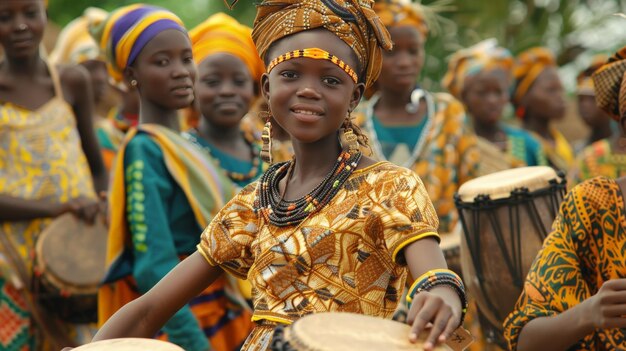
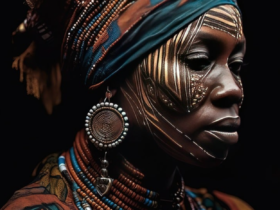

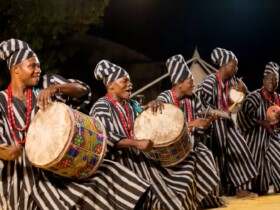



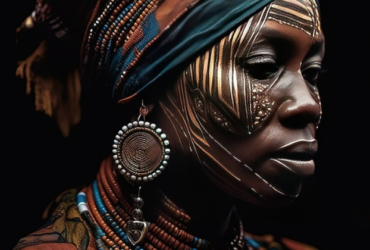
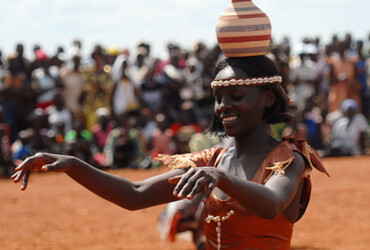
Leave a Reply